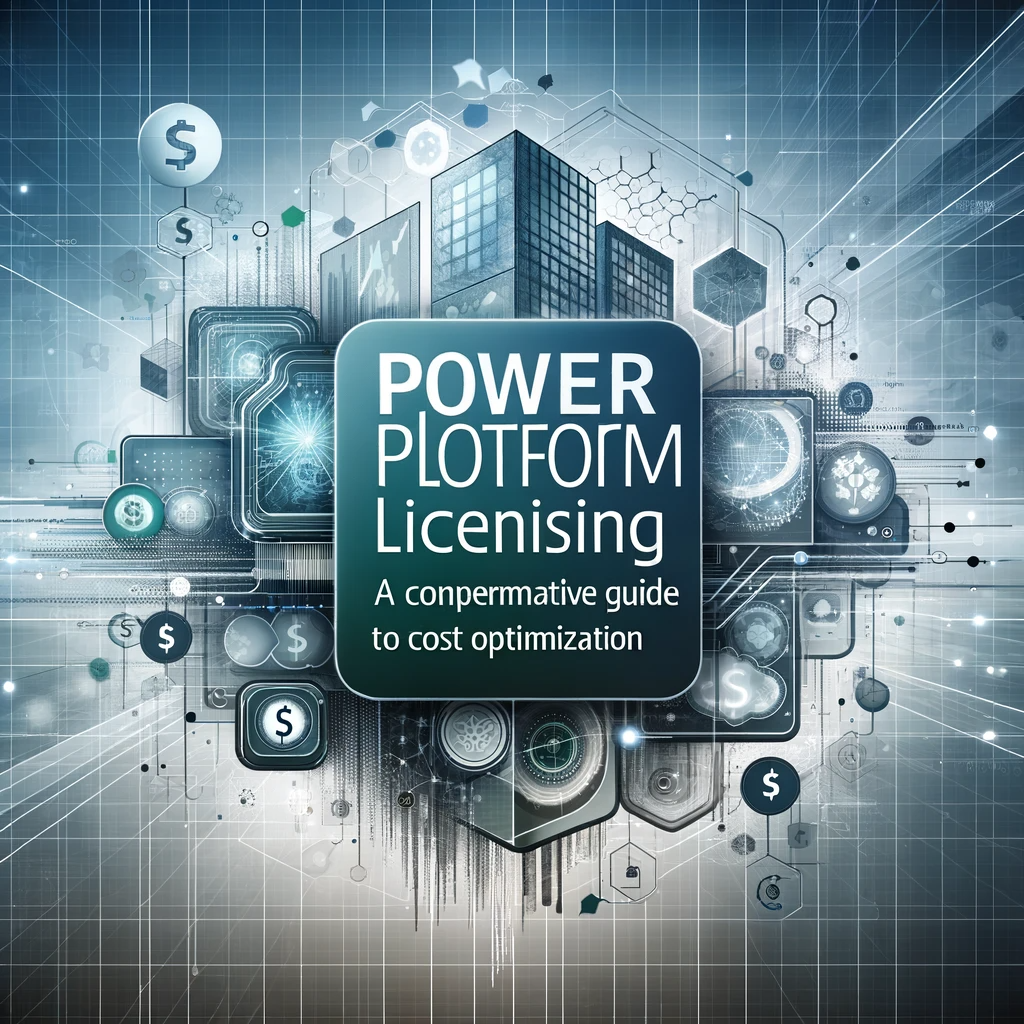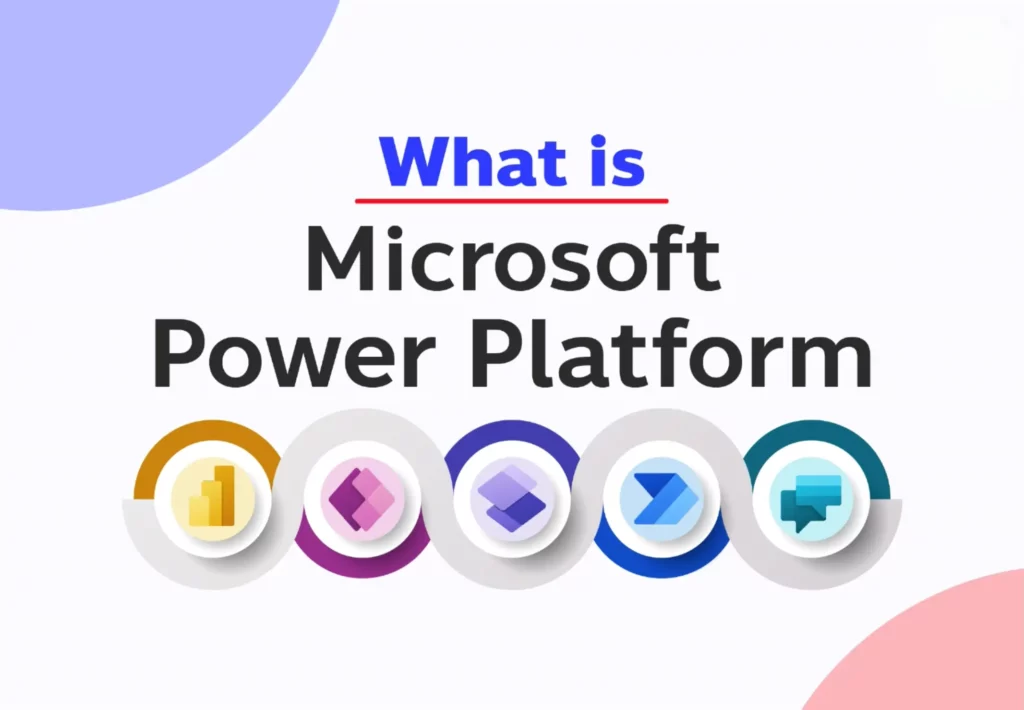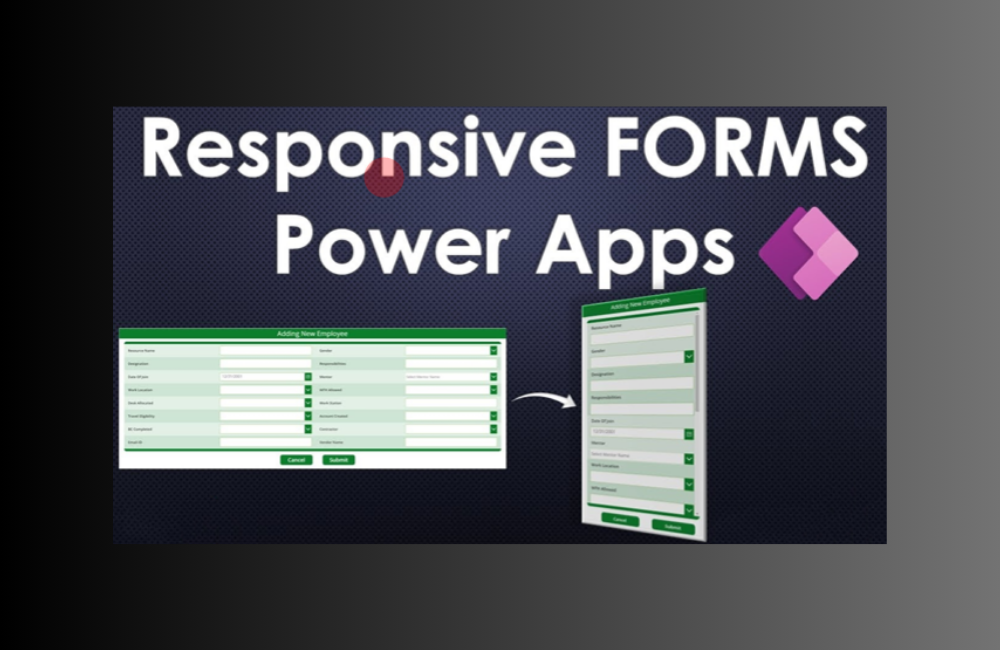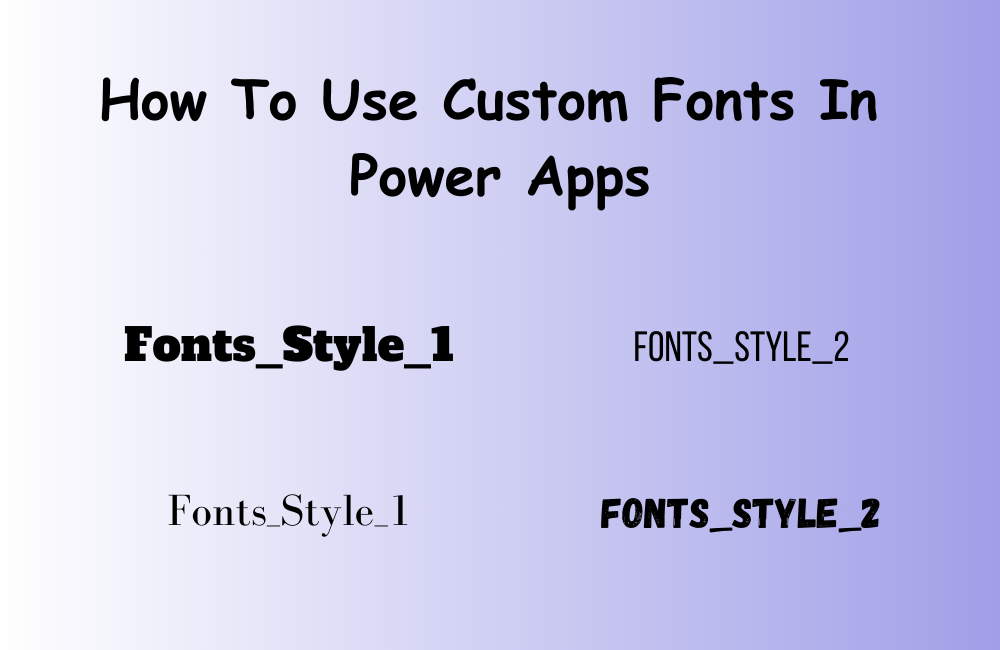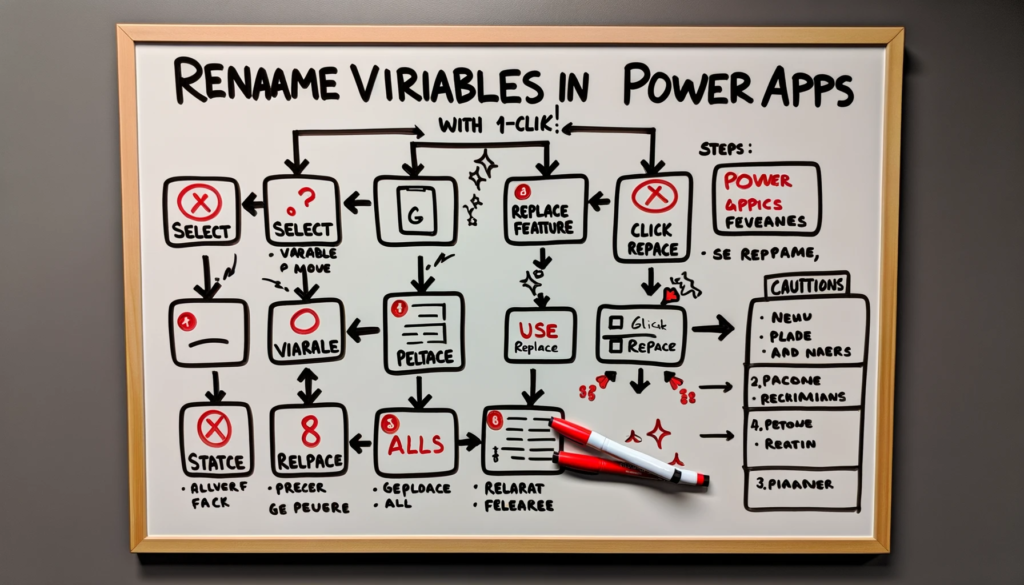The Power Platform, while immensely powerful, can sometimes present budgetary challenges when it comes to licensing. However, by leveraging strategies that involve synchronizing data across premium and standard data sources with the assistance of Power Automate, you can achieve significant cost savings. This article delves into these strategies, offering insights into optimizing Power Platform licensing costs without compromising on functionality.
Addressing Licensing Cost Concerns
In some scenarios, particularly with canvas apps connecting to SQL or other premium features, Power Apps licensing can be prohibitive. If the added business value doesn’t justify the extra per app or per user monthly expense, it’s crucial to find alternatives.
A prevalent approach is to establish an external data synchronization mechanism. This system syncs premium data sources with more budget-friendly options like SharePoint or other accessible standard connectors.
Unlocking Power Portal Alternatives
When dealing with Portal apps, the enriched functionalities and associated licensing fees might be excessive for simpler use cases. For instances where the objective is to present Dataverse data on a public domain, Power Portal alternatives, assisted by flows, can be the solution.
One notable strategy, as highlighted by experts in the Power Platform community, leverages Flow to create static HTML pages. These pages can then be hosted online, offering an effective workaround. Here’s how it works:
- Utilize flow triggers to update the external site immediately when a Dataverse record is modified.
- Use the ‘Create HTML table’ action within the flow for generating HTML content showcasing Dataverse table data.
- Host this content on Azure Website, and utilize Azure Storage for file holding. The generated HTML page can be swiftly published using a concluding ‘Create blob’ action in the Flow, saving the file directly to the Azure Storage.
Web Content Creation with Dataverse Data
To update Dataverse content from a web page, consider developing a flow with an HTTP request trigger. The webpage can house JavaScript defining data intended for update in JSON format, which then activates the flow via the HTTP endpoint.
Some additional relevant data :
- Case Studies: Showcase real-life examples of organizations that have successfully optimized their Power Platform licensing, detailing the strategies they used and the cost savings achieved.
- Expert Interviews: Include insights from experts in the Power Platform community, focusing on their tips and best practices for licensing optimization.
- Comparative Analysis: Offer a comparison between different licensing options, highlighting how optimization strategies can lead to significant cost savings.
- User Guides: Provide step-by-step tutorials on setting up data synchronization mechanisms or alternative solutions to Power Portal, aimed at reducing licensing costs.
- FAQ Section: Address common questions about Power Platform licensing, offering clear, concise answers that incorporate aspects of cost optimization.
- Interactive Tools: Create calculators or interactive tools that help readers estimate their potential savings from different optimization strategies.
Conclusion
Navigating the world of Power Platform licensing can be challenging, but with informed strategies, cost optimization is attainable. By harnessing Power Automate to synchronize data across Dataverse and other platforms, considerable savings are within reach. For a deeper dive into these techniques and expert insights, resources from the Power Platform community can be invaluable. If you require further assistance or face any technical challenges, please don’t hesitate to contact us. Our dedicated team is here to provide expert solutions tailored to your needs, ensuring you get the most out of your Power Platform experience.

